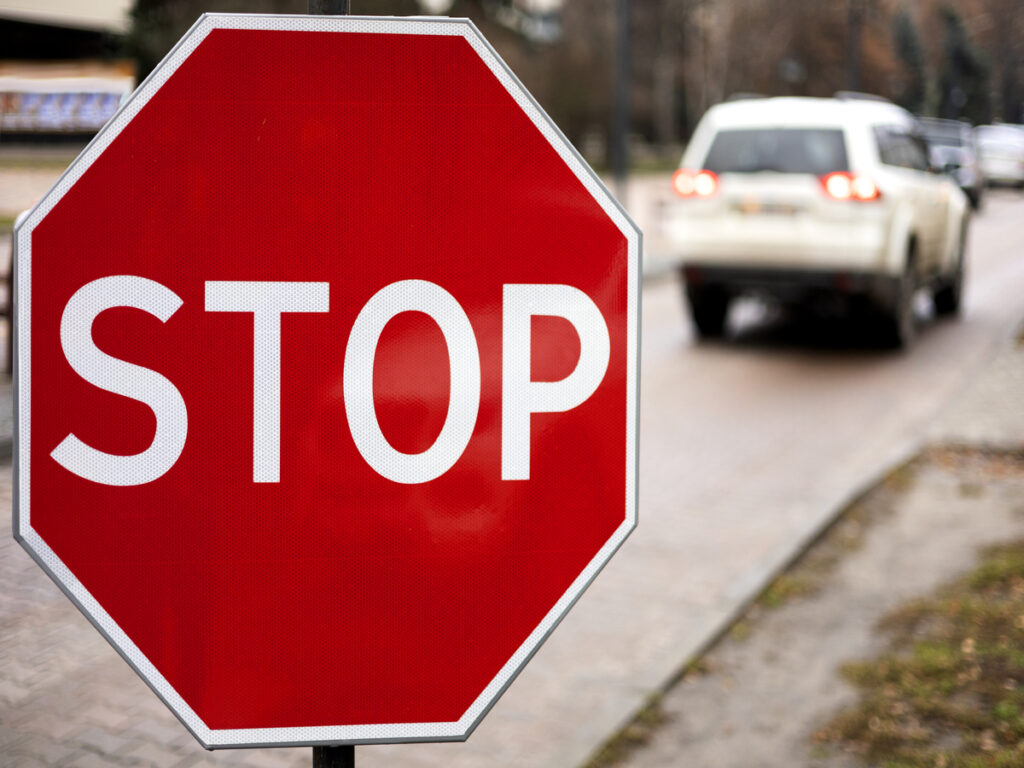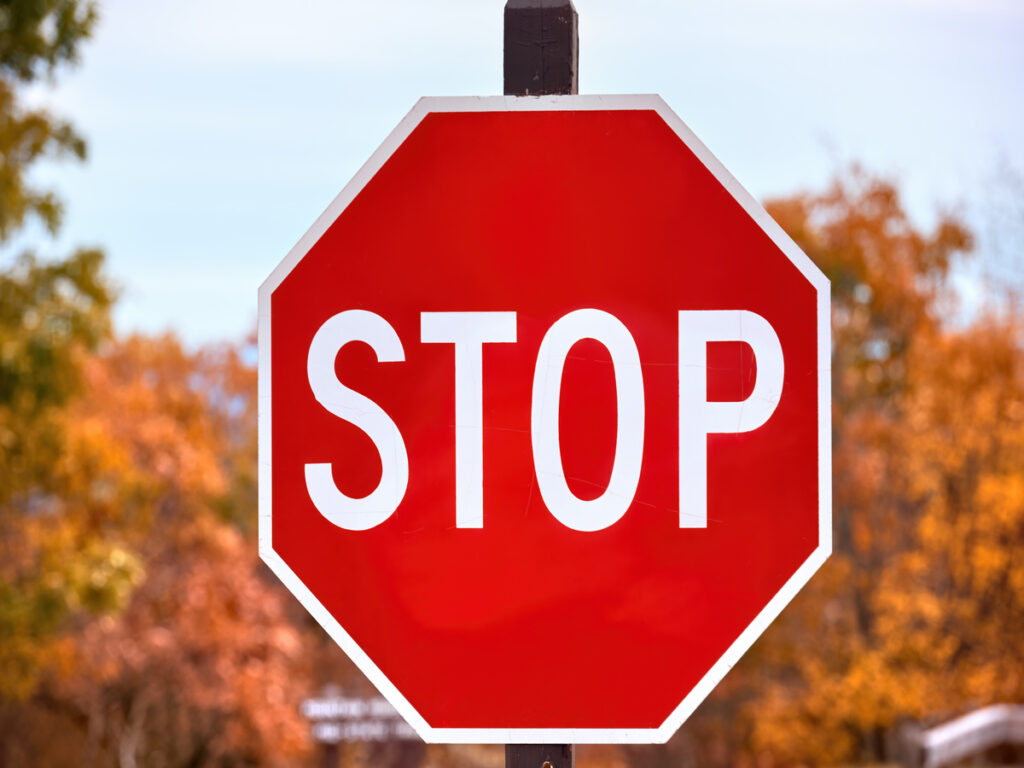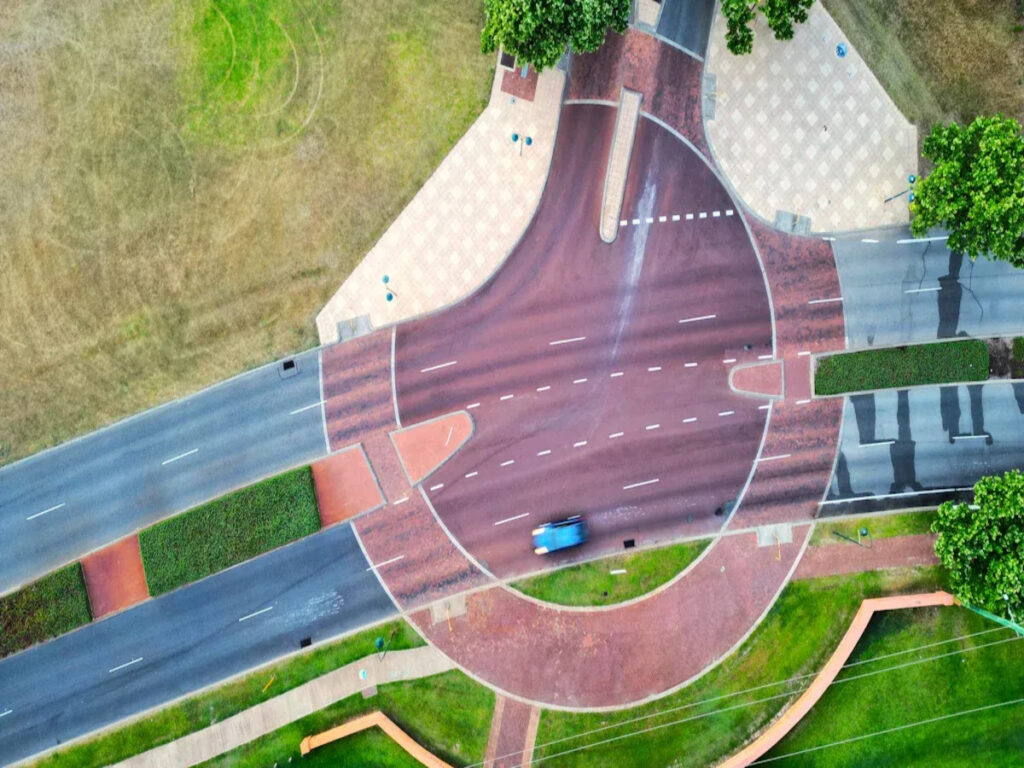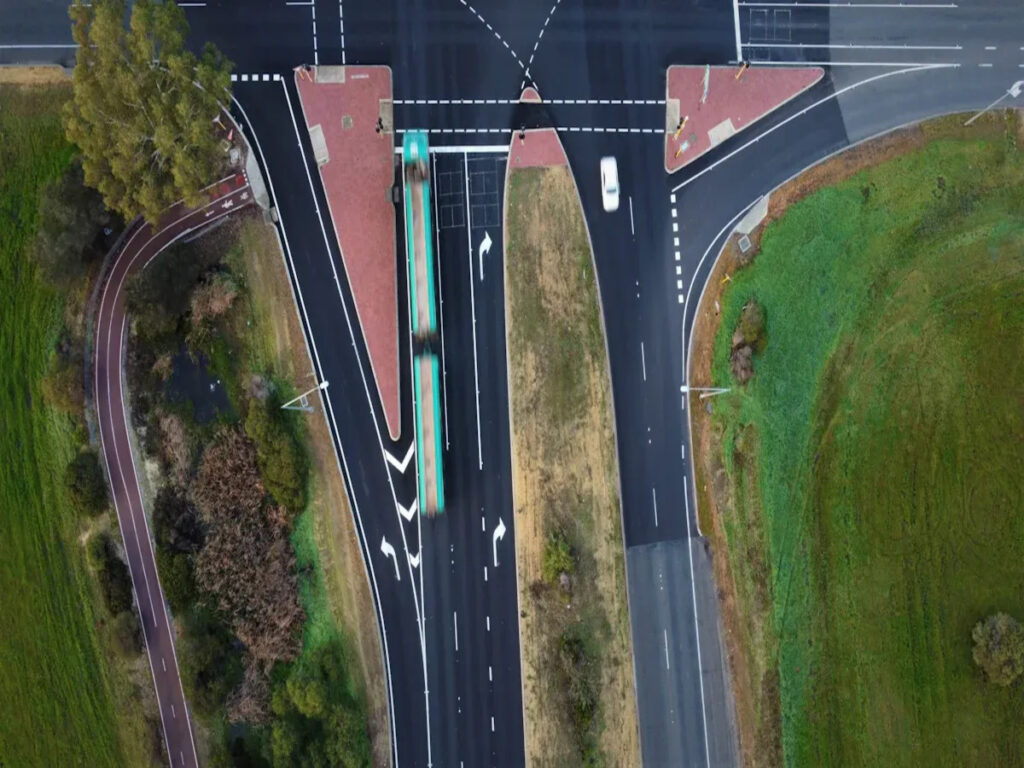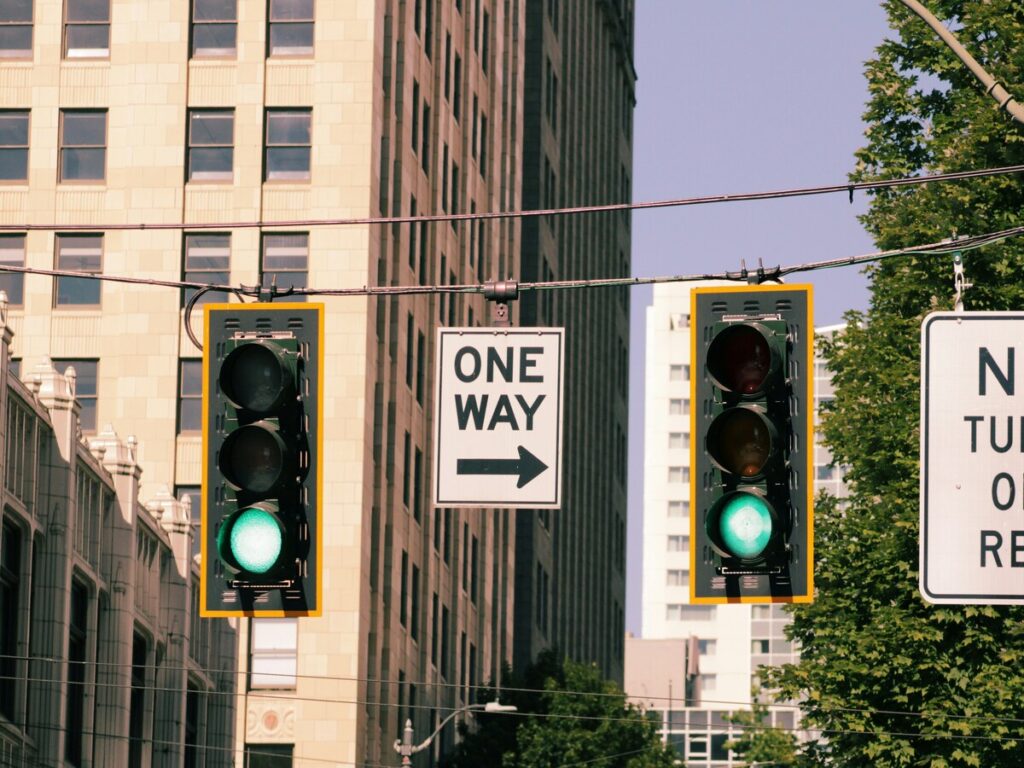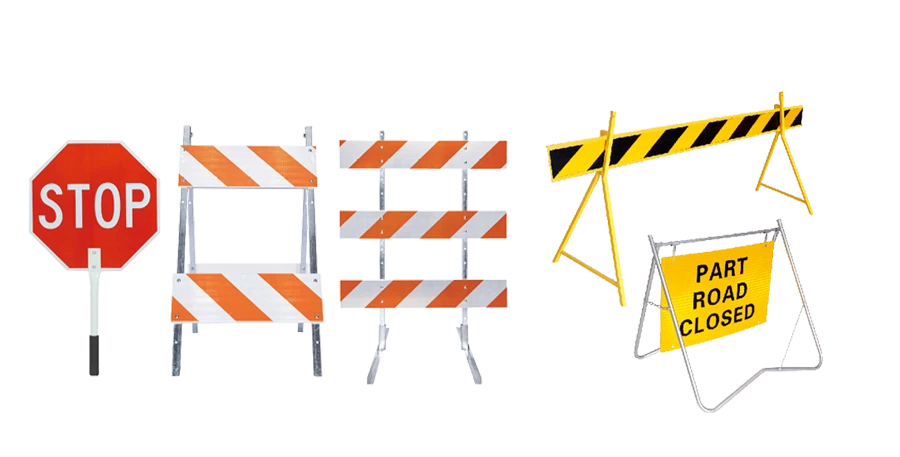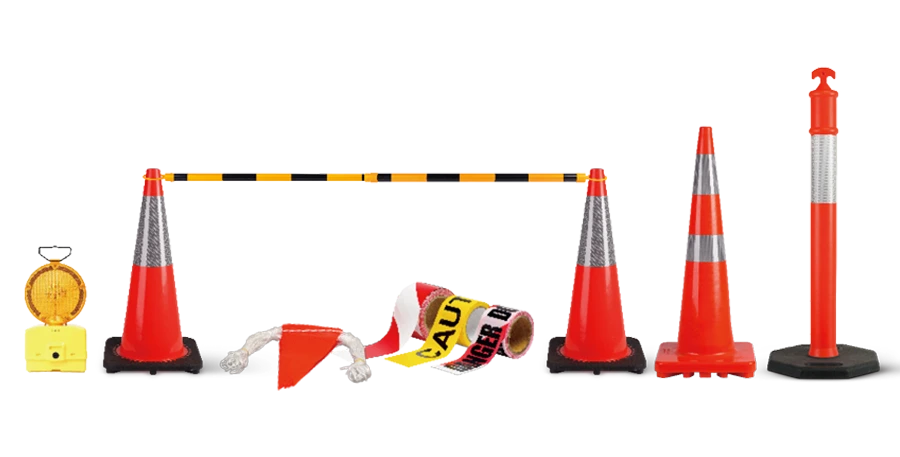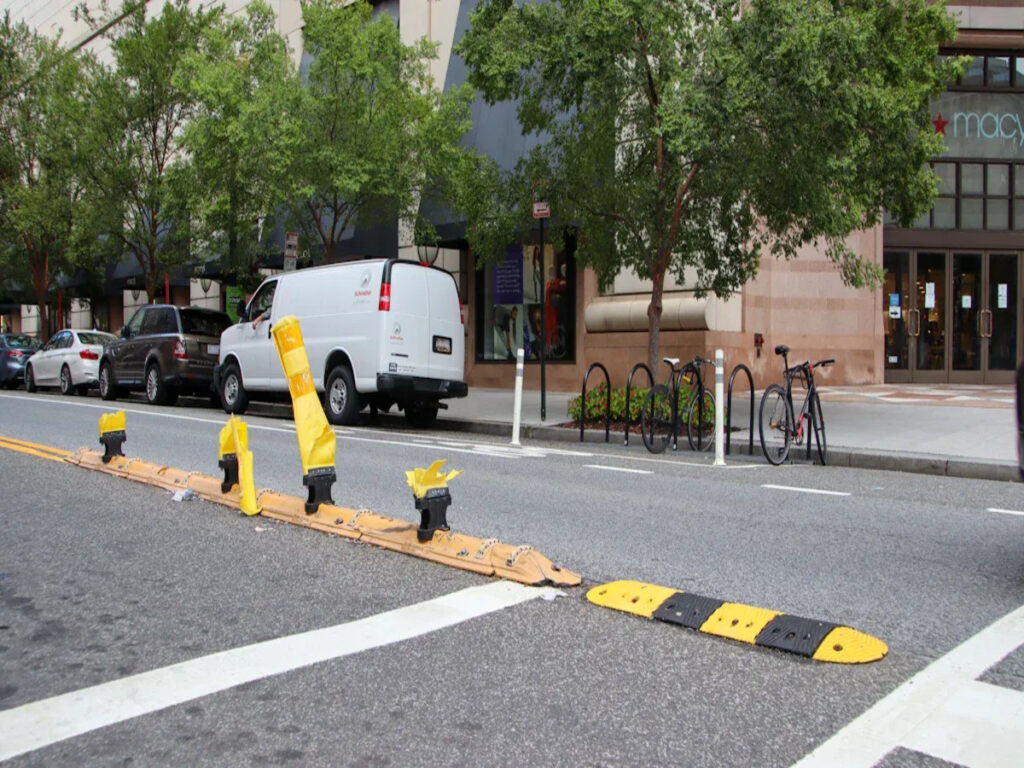
Urban areas struggle to keep roads safe and traffic smooth. Road delineators help solve these problems by guiding cars and people. For example, smart road delineators can cut crashes by 30%. Reflective road delineators also lower nighttime accidents significantly. These tools make roads safer and easier for everyone to use. Pole-mounted road delineators, for instance, reduce curve accidents by 15%. Adding these tools helps cities become safer and more organized for all.
OPTRAFFIC specializes in high-quality road delineators for sale designed to improve visibility and traffic management. Explore our durable and reliable solutions to create safer urban environments. Contact us today to learn more!
Key Takeaways
- Road markers help guide cars and make roads safer to use.
- Reflective markers at night lower the chance of accidents for drivers.
- Smart markers can reduce crashes by 30%, especially in bad weather.
- Markers make safe paths for walkers and bikers, avoiding car conflicts.
- Using eco-friendly markers helps cities stay green and cut down waste.
- Cities with markers see better traffic flow and fewer people hurt.
- Adding smart tech to markers improves traffic control and safety.
- Markers make cities easier to use for seniors and disabled people.
Understanding Road Delineators
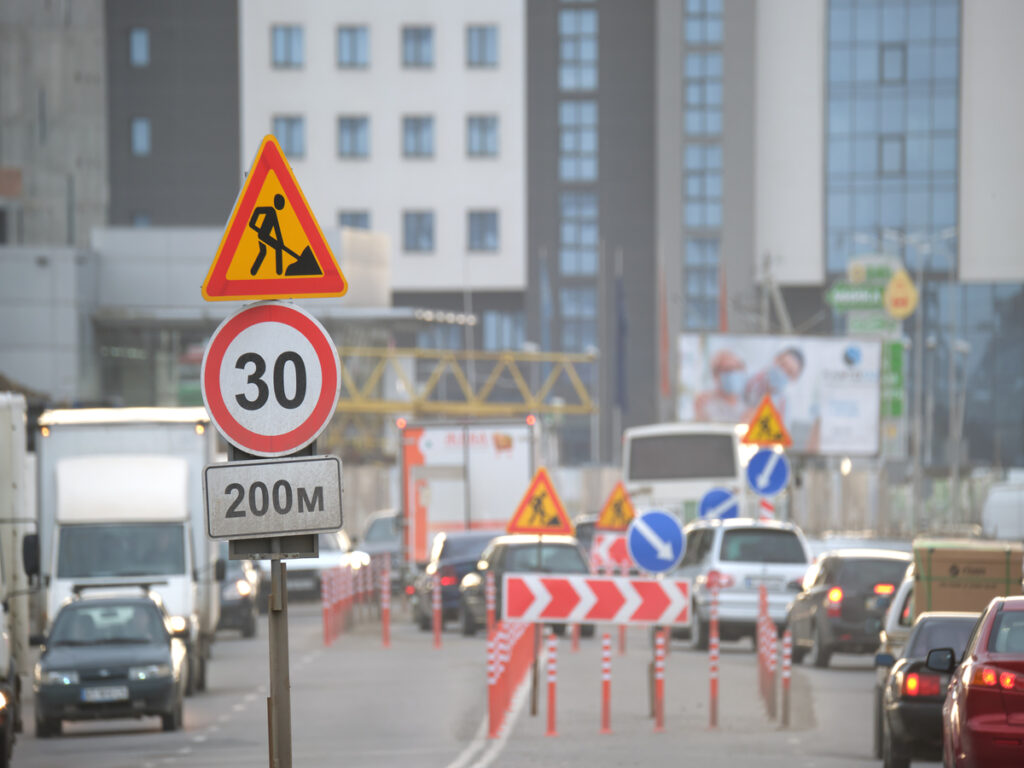
What Are Road Delineators?
Definition and primary purpose in traffic management.
Road delineators are important tools for city traffic systems. They are markers placed on roads to guide cars, bikes, and people. Their main job is to make traffic safer by showing lanes and edges. These markers reduce confusion and help traffic move smoothly, especially in busy cities.
Experts say road delineators are key for managing mixed traffic. They separate cars, bikes, and people, making roads safer. Reflective delineators help drivers see better at night or in bad weather, cutting accident risks.
Types of road delineators and their specific applications.
There are different types of road delineators for various uses. Common types include:
- Pole-mounted delineators: Used on sharp turns to warn drivers and prevent crashes.
- Reflective road delineators: Help drivers see clearly in the dark or low light.
- Solar-powered road studs: Mark lanes and crosswalks to improve safety and visibility.
- Flexible delineators: Made from strong materials, they can handle repeated hits.
The table below shows materials used in road delineators and their features:
| Material | Features | Durability Rating |
|---|---|---|
| Polyethylene (PE) | Light, bendable, resists UV rays | High |
| Polyurethane (PU) | Strong, resists wear | Very High |
| Ethylene Vinyl Acetate | Absorbs shocks, resists weather | Moderate to High |
| Thermoplastic Polyurethane | Very strong, resists impacts | Very High |
These materials make delineators tough and long-lasting for city use.
The Importance of Road Delineators in Traffic Safety
Their role in guiding traffic and reducing accidents.
Road delineators help guide traffic and stop accidents. They give visual clues to help drivers on tricky city roads. Reflective delineators show road edges and curves, lowering crash chances. Smart delineators with tech can cut crashes by 30% in bad weather.
Studies show clear road markings and delineators slow cars down. Roads with good markings see speeds drop by 6%, reducing high-speed crashes. By encouraging safer driving, delineators improve traffic safety.
Addressing urban traffic challenges with effective delineation.
Cities face problems like traffic jams and unsafe crosswalks. Road delineators help by organizing traffic and stopping lane violations. Cities using delineators report fewer injuries and smoother traffic flow.
Delineators also protect pedestrians by marking paths and crosswalks. In crowded areas, they create safe spaces and reduce car-pedestrian conflicts. By focusing on safety and order, delineators improve city roads for everyone.
Integration of Road Delineators in Urban Planning
Supporting Comprehensive Traffic Management
Improving traffic flow and cutting congestion.
Road delineators help make city traffic systems better. They mark lanes and edges clearly, helping cars move faster. This reduces traffic jams during busy times. Flexible delineators guide drivers at tricky intersections, making traffic smoother. They also stop lane violations, which cause delays and crashes.
In crowded cities, road delineators work with tools like speed bumps and signs. Together, they create safer and more organized streets. By guiding traffic well, delineators are key to city plans for fewer accidents and better movement.
Working with other traffic systems for better results.
Delineators improve how traffic systems work together. They add extra help to traffic lights, signs, and crosswalks. Reflective delineators make roads easier to see at night, keeping drivers safe. In smart cities, some delineators have sensors to track traffic and help planners.
This teamwork keeps city roads running smoothly and safely. By working with other systems, delineators help create a well-organized traffic plan.
Making Roads Safer for Walkers and Cyclists
Building safer paths for people walking or biking.
Keeping walkers safe is very important in cities. Road delineators make clear paths for walkers and bikers, keeping them away from cars. For example, they separate bike lanes from car lanes, giving bikers a safe space. In busy areas, delineators mark crosswalks to protect walkers from cars.
Studies show accidents drop by 25% where smart delineators are used. These tools make roads safer and encourage more people to walk or bike. This helps people stay healthy and supports greener ways to travel.
Supporting eco-friendly and alternative travel.
Delineators help cities by promoting walking and biking. They create special lanes for these activities, making them safer and more attractive. This reduces car use, cutting pollution and helping the environment.
Some road delineators are made from recycled materials, which is good for the planet. Their design supports safety and eco-friendly goals, helping cities grow responsibly.
Showing Urban Planning Goals
Focusing on safety, access, and green living.
City planning aims to make places safe, easy to use, and green. Road delineators help by making roads safer and cutting accidents. They mark lanes and paths so everyone, including walkers and bikers, can travel safely.
Modern road delineators use recycled materials, reducing waste and saving resources. This makes them a smart choice for eco-friendly city planning. By focusing on safety and the environment, delineators help build better cities.
Helping create fair and accessible cities.
Delineators make cities fairer by creating paths for everyone, including seniors and disabled people. Tactile delineators help blind people move safely in cities. This focus on access makes everyone feel included.
City plans show how flexible delineators meet different needs. Some even use smart tech to improve city travel. By focusing on fairness, delineators help design cities that work for all.
Case Studies: Successful Use of Road Delineators
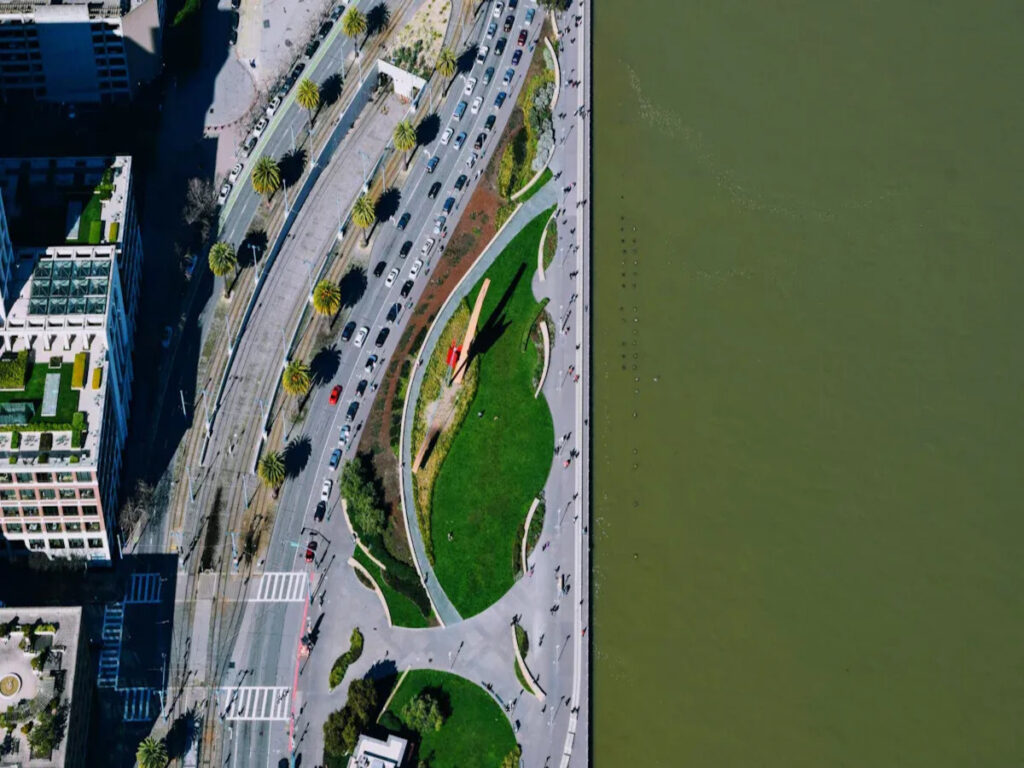
New York City’s Bicycle Lane Delineation Plan
How NYC uses delineators in bike lanes.
New York City added road delineators to its bike lanes. These tools separate bikes from cars, making cycling safer. The city has over 1,200 miles of bike lanes. Painted bike lanes with delineators slow cars, especially during turns. This setup protects cyclists and calms traffic for everyone.
Results: Safer streets and more bike riders.
NYC’s efforts have made a big difference. Cyclist deaths or serious injuries dropped by 75% since 2000. Bike riding increased by 225% in 20 years. Programs like Citi Bike have logged over 82 million trips since 2013. Near bike lanes, car speeds dropped by 28%. These changes show how delineators improve safety and mobility.
Tokyo’s Pedestrian Pathway Delineators
How Tokyo uses delineators for walkers.
Tokyo uses road delineators to guide walkers and improve safety. Glow-in-the-dark delineators help people see paths at night. They protect kids and disabled people by creating clear walking areas. These tools reduce conflicts between walkers and other road users. Safer paths encourage more nighttime activities and community events.
Helping vulnerable groups feel safer.
Tokyo’s road delineators make walking easier for the elderly and disabled. They feel safer and more confident in busy areas. Better access strengthens communities and supports local businesses. These designs ensure everyone feels welcome in public spaces.
Global Examples of Innovative Delineator Use
Amsterdam’s bike and pedestrian separation.
Amsterdam uses safety delineators to keep bikes and walkers apart. This setup prevents accidents and encourages cycling and walking. By focusing on safety, Amsterdam inspires other cities to follow its example.
Singapore’s smart reflective delineators.
Singapore uses reflective delineators in its smart city systems. These tools improve visibility at night and reduce crashes. By mixing technology with smart design, Singapore shows how cities can stay safe and efficient.
Future Trends in Traffic Delineation
Smart Traffic Delineators
Adding sensors and technology for real-time road updates.
Smart traffic delineators use sensors and IoT to improve roads. These tools give real-time updates, making driving safer. For example, Copenhagen added smart delineators with LED lights and IoT. This system made roads clearer and cut accidents by 25%. These new tools make roads safer and traffic smoother.
LED lights in smart delineators help drivers see better at night. Reflective materials also lower nighttime crashes, keeping roads safer. By using these technologies, cities can reduce accidents and improve traffic systems.
Helping build smarter city systems.
Smart delineators are important for creating smart city systems. They work with traffic lights and signs to improve traffic flow. For example, flexible delineators at busy spots cut travel time by 25% and crashes by 30%. They also make walking and biking safer for everyone.
In smart cities, delineators with sensors track traffic and adjust quickly. This helps manage traffic better and keeps roads safe for all users.
Sustainability in Design
Using eco-friendly materials to make delineators.
Cities now focus on using eco-friendly materials for delineators. Recycled plastics and biodegradable materials are common choices. These materials help the environment and support green city goals. Choosing these options reduces waste and supports responsible growth.
Eco-friendly safety delineators also encourage safer driving by calming traffic. They last longer, so cities don’t need to replace them often. This saves money and helps the planet.
New designs to protect the environment and support green cities.
New safety delineator designs help cities meet green goals. Solar-powered delineators use renewable energy to light roads. This reduces the need for regular electricity and helps the environment.
Strong, sustainable safety delineators also make walking and biking safer. They create clear paths, encouraging eco-friendly travel. By focusing on green solutions, cities can reduce accidents and pollution.
Adapting to Evolving Urban Mobility
Preparing for self-driving cars and future transport.
As cities change, delineators must adapt to new needs. Self-driving cars need clear road markers to move safely. Smart delineators with sensors and reflective parts help these cars work well, even in the dark.
Future transport systems will need smart solutions for safety. Adding smart delineators to city plans helps prepare for these changes.
Keeping roads safe in fast-changing cities.
Cities are changing quickly, and delineators must keep up. Flexible designs protect walkers, bikers, and drivers. For example, smart delineators with LED lights cut nighttime crashes by 30%.
By focusing on safety, delineators improve traffic flow and reduce jams. These tools help cities create safer and more organized streets.
Road delineators are key to making cities safer and better. They help guide traffic, prevent crashes, and improve night visibility. For instance, solar-powered road studs with LED lights make roads clearer. Smart delineators can reduce crashes by as much as 30%. The table below shows these advantages:
| Evidence Type | Description |
|---|---|
| LED Lighting | Solar-powered road studs with LED lights make roads brighter and lower crash risks. |
| Smart Delineators | Roads with smart delineators have up to 30% fewer crashes. |
| Reflective Materials | Reflective materials in road studs cut nighttime crashes a lot. |
Using road delineators makes cities safer, greener, and easier to use. These tools are very important for city planning and should stay a focus for leaders.
FAQ
What are road delineators made of?
Road delineators are made from strong materials like plastic or polyurethane. These materials last long and resist weather, impacts, and sunlight.
How do road delineators improve safety?
Road delineators show lanes and edges to guide traffic. They reduce confusion and accidents, especially in busy city areas. Reflective ones help drivers see better at night or in bad weather.
Can road delineators help pedestrians and cyclists?
Yes, they create safe paths for walkers and bikers. They separate bike lanes from cars and mark crosswalks, making travel safer for everyone.
Are road delineators eco-friendly?
Many are made from recycled or biodegradable materials. Solar-powered ones save energy and help cities stay green.
How do smart road delineators work?
Smart delineators use sensors and technology to give updates. They adjust to traffic, light up with LEDs, and work with smart city systems to improve safety.
Where are road delineators commonly used?
They are used on highways, intersections, bike lanes, and sidewalks. In cities, they help manage traffic and keep roads safe.
Do road delineators require maintenance?
They need little care because they are made from tough materials. Regular checks keep them working well, especially in busy or rough areas.
Are road delineators cost-effective?
Yes, they are a budget-friendly way to make roads safer. Their strength and low upkeep make them a smart choice for city planners.

